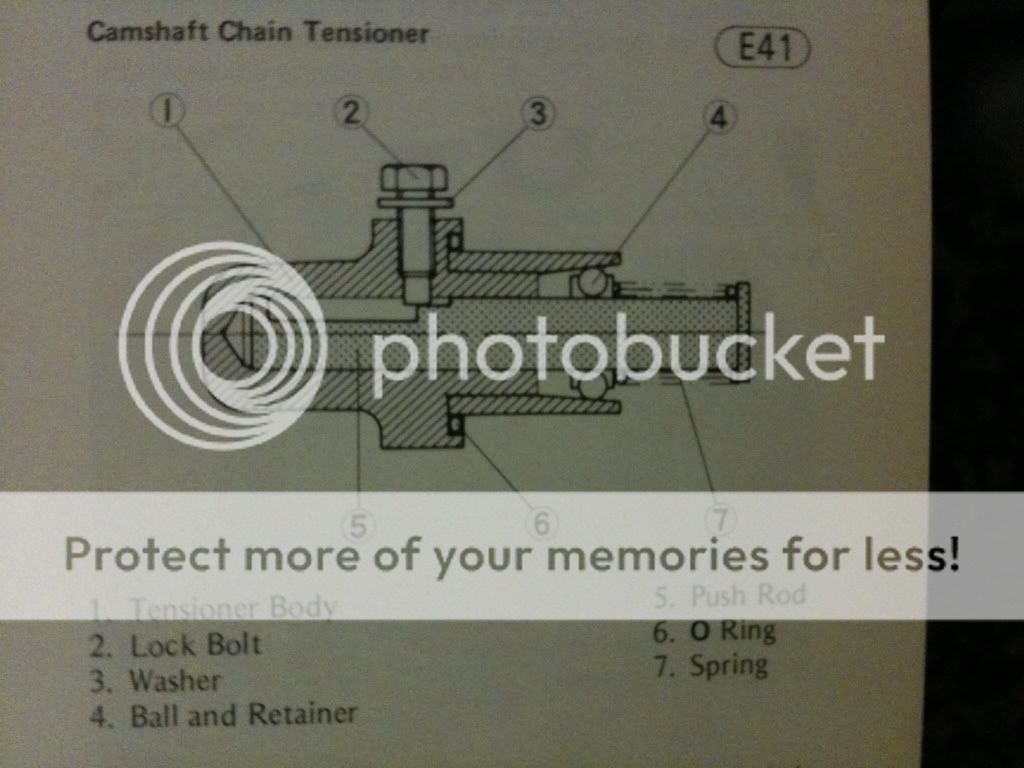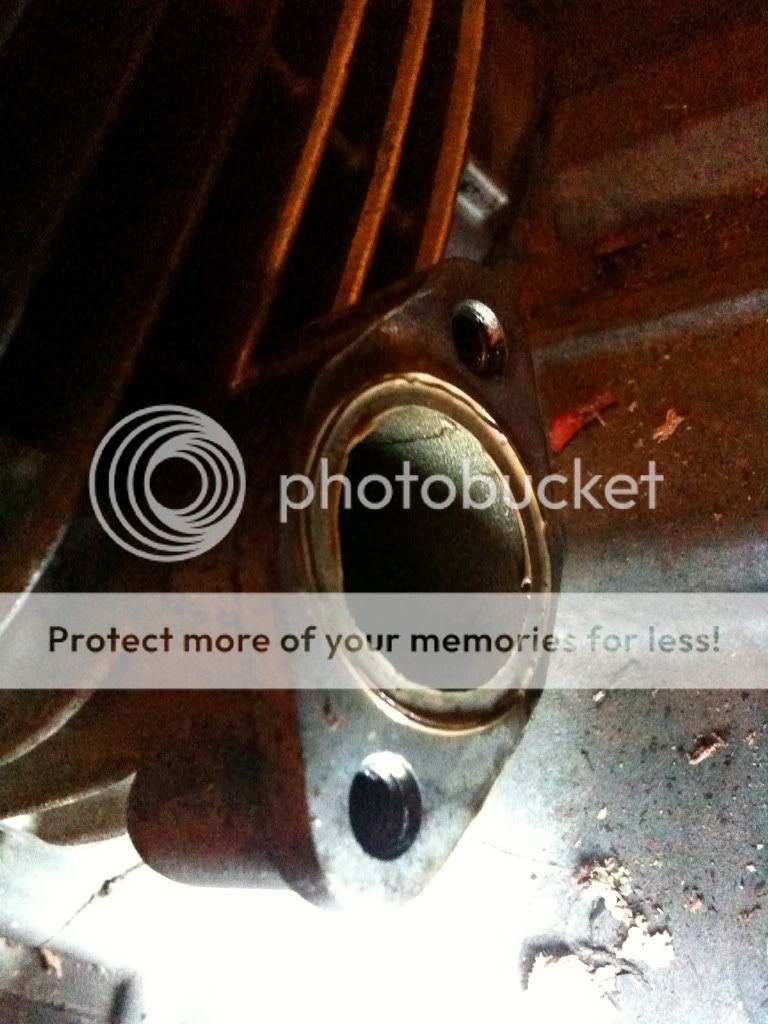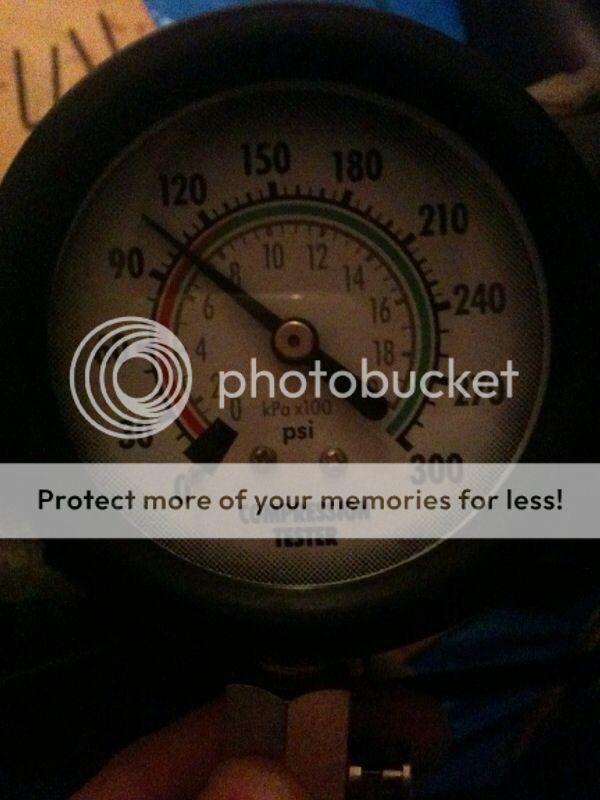sham
Been Around the Block
Hmm...so I've removed the camshaft sprocket and removed the cam chain tensioner. Is the point of manually adjusting the tension just so that it can take up slack automatically again? That's what re-installing it is suppose to do.
Anyways, so I took the opportunity to measure free length of the chain tensioner spring. It's currently exceeded the service limit by 2mm, measuring 70.2 rather than 68.2mm. How important is this? Is it worth replacing immediately? Part number is 92081-1105.
My tensioner is also missing a flat washer. From the below diagram, it appears that its thickness is important in controlling the movement of the push rod. Is it possible for me to replace this just by measuring the groove pictured, or should I be ordering the specific part, 92022-077. These are being used on Kawasakis built today - would anyone have a bike which uses it and be able to measure it?

My question relating to the urgency of replacing these parts is in relation to its impact upon the compression of the engine and its ability to start, rather than doubting the relevance of the manual.
Thanks.
Anyways, so I took the opportunity to measure free length of the chain tensioner spring. It's currently exceeded the service limit by 2mm, measuring 70.2 rather than 68.2mm. How important is this? Is it worth replacing immediately? Part number is 92081-1105.
My tensioner is also missing a flat washer. From the below diagram, it appears that its thickness is important in controlling the movement of the push rod. Is it possible for me to replace this just by measuring the groove pictured, or should I be ordering the specific part, 92022-077. These are being used on Kawasakis built today - would anyone have a bike which uses it and be able to measure it?

My question relating to the urgency of replacing these parts is in relation to its impact upon the compression of the engine and its ability to start, rather than doubting the relevance of the manual.
Thanks.






